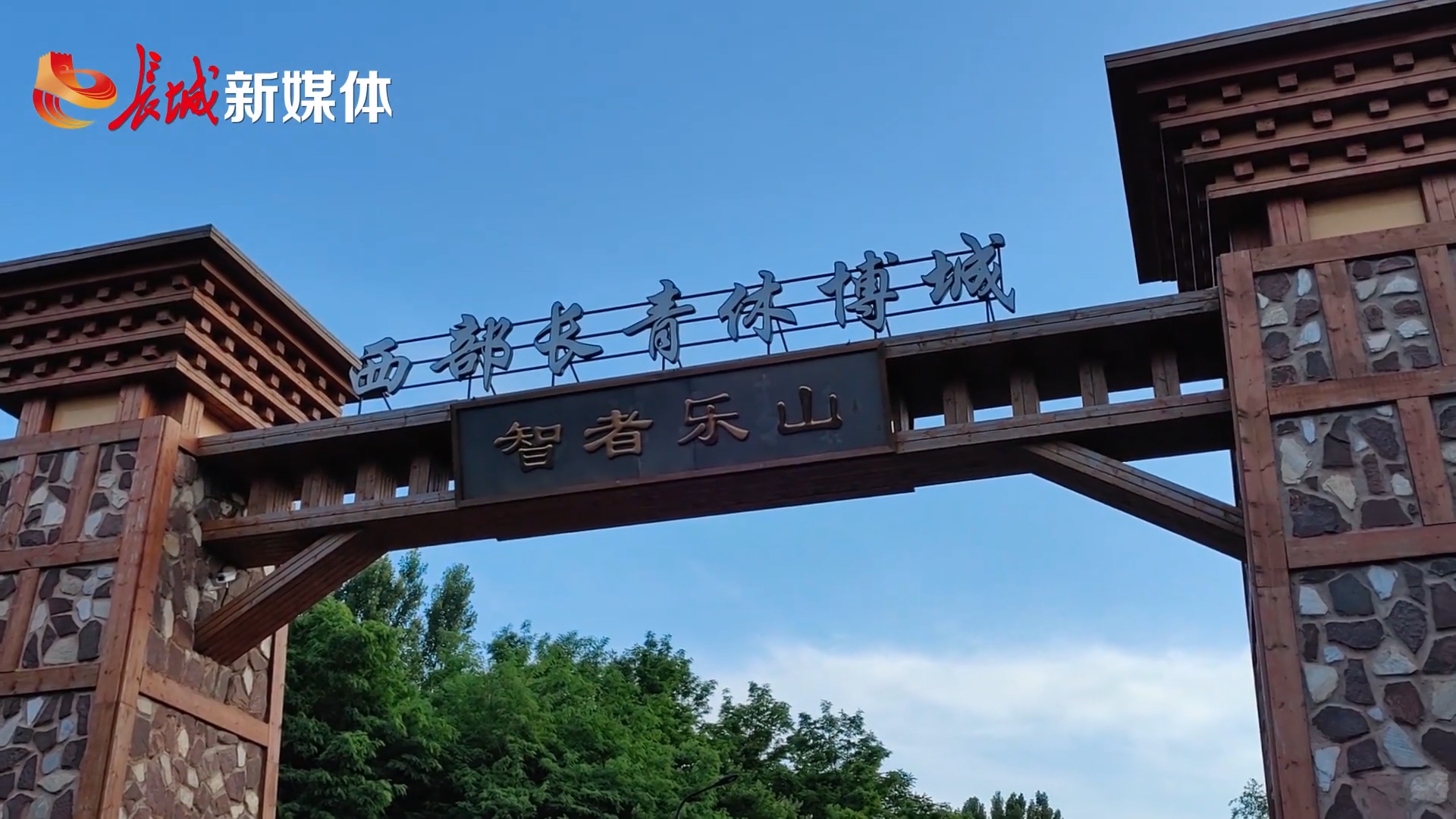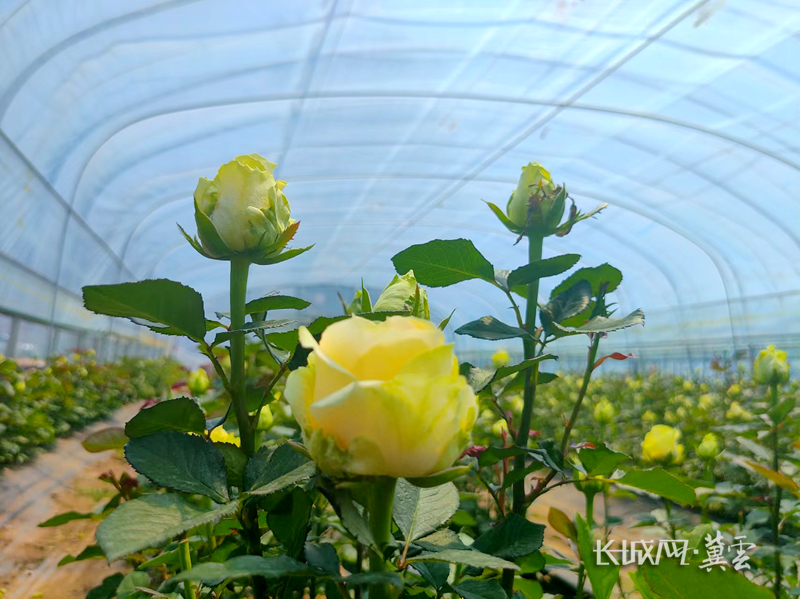Archaeologists recently unearthed three large plinths with exquisite engraving in a historic site in Linzhang County, north China's Hebei Province.
The Yecheng historic site was once the capital of several ancient dynasties ranging from 220 AD to 581 AD.
"The excavation of the lotus-shaped plinths is very important for the study of ancient buildings, which had reflected the social and cultural changes. It is also of great academic value to understand the construction concept, structural layout, and construction technology of large palace buildings in the late Northern Dynasties (439-581)," said Sun Tianshun, from the archaeological team.
Prior to this period, the carving and shape of plinths were once relatively simple. However, influenced by Buddhist art, architecture and Buddhist art began to merge, and Buddhist lotus patterns were blended in, which was confirmed by the unearthed lotus plinths, according to Sun.
Editor:Zheng Bai






